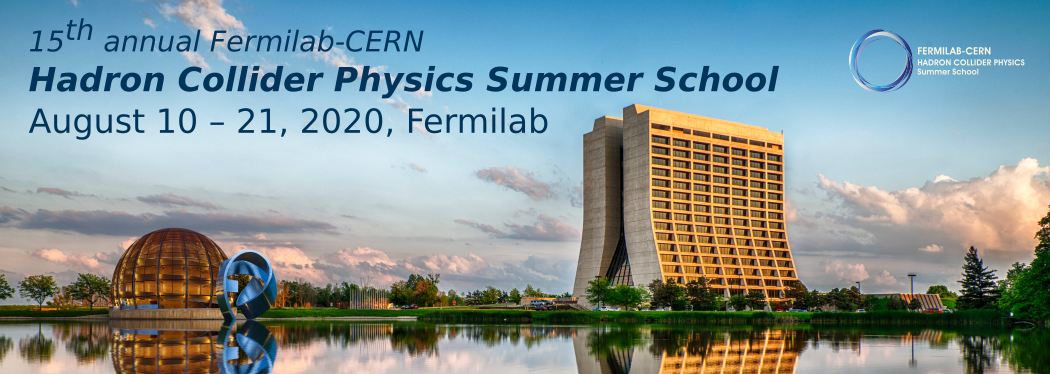This page contains links to reading material for self study before, during or after the school.
Evolution of Silicon Sensor Technology in Particle Physics by F. Hartmann
Can be downloaded for free with FNAL login here: SpringerLink
Jets
- A. Larkoski's notes from the CTEQ summer schools; https://arxiv.org/abs/1709.06195
- Chapter 9 of A. Larkoski's textbook on particle physics, https://www.cambridge.org/larkoski
Higgs + EW reference by H. Logan:
Lecture notes on Higgs physics from TASI 2013: https://arxiv.org/abs/1406.1786
Introduction to QCD by P. Skands:
Lecture notes from TASI: https://arxiv.org/abs/1207.2389
Introduction to flavor by Z. Ligeti:
TASI Lectures on Flavor Physics: Lecture Notes
The role of flavour in 2016: Link
Poll for material to be covered in the BSM experiment lecture
Please indicate the topics you would like to be covered in the BSM experiment class by filling out: https://www.surveymonkey.com/r/6ZYTQKH
Introduction on triggers by D. Acosta:
Reading:
D. Acosta, C. Foudas and D. Newbold, “CMS gears up for the LHC data deluge”, CERN Courier, Volume 56, Number 7, September 2016, p.11: https://iopp.fileburst.com/ccr/archive/CERNCourier2016Sep-digitaledition.pdf
Some Fun with Trigger Efficiencies:
Suppose that the efficiency for a trigger system to reconstruct and identify a lepton is 90%
A) What is the efficiency of a trigger requiring 2 leptons given 2 leptons in the event?
B) What is the efficiency of a trigger requiring 1 lepton given 2 leptons in the event?
C) What is the efficiency of a trigger requiring 2 leptons given 3 leptons in the event?
Tutorial on Machine Learning
Please create a Google account or sign in to your existing account to familiarize yourself with the Google Colab environment using this introductory tutorial. In case you do not wish to sign up for a Google account, please install the required software on your personal computer, including in particular jupyter, pandas, numpy, scipy, matplotlib, sklearn, tensorflow and skimage.
Tutorial on Monte-Carlo event generators
Please follow the instructions on this page. You can choose the container or virtual machine option, depending on what works better for you. Please make sure to test the setup before the tutorial, and maybe read through the TASI lecture on event generators.
